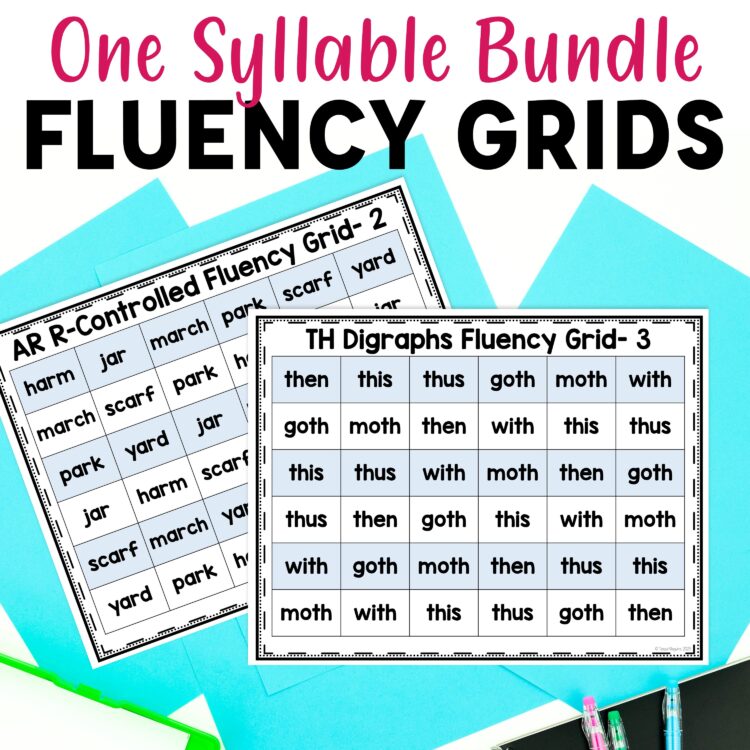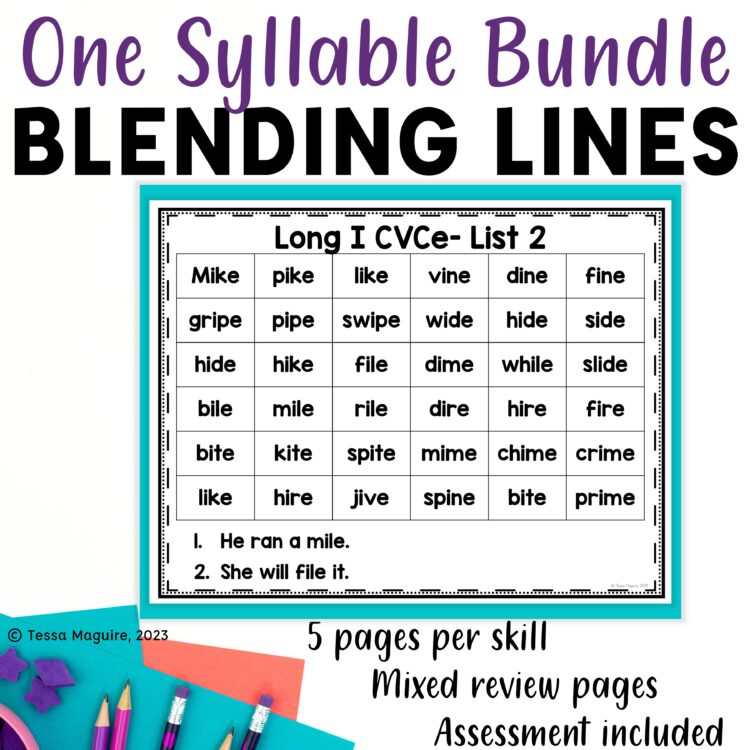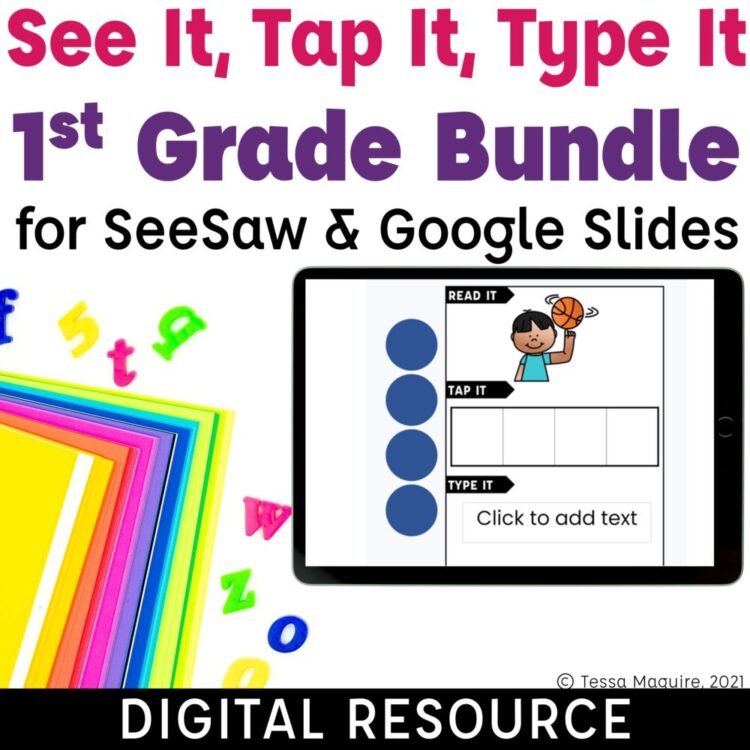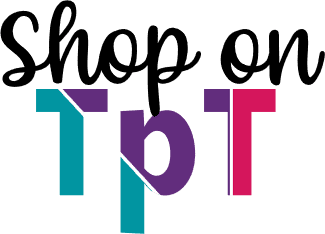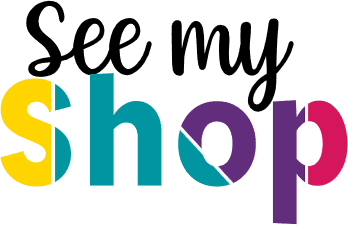© 2024 Tales from Outside the Classroom ● All Rights Reserved
Scarborough’s Rope: Getting Started with SoR
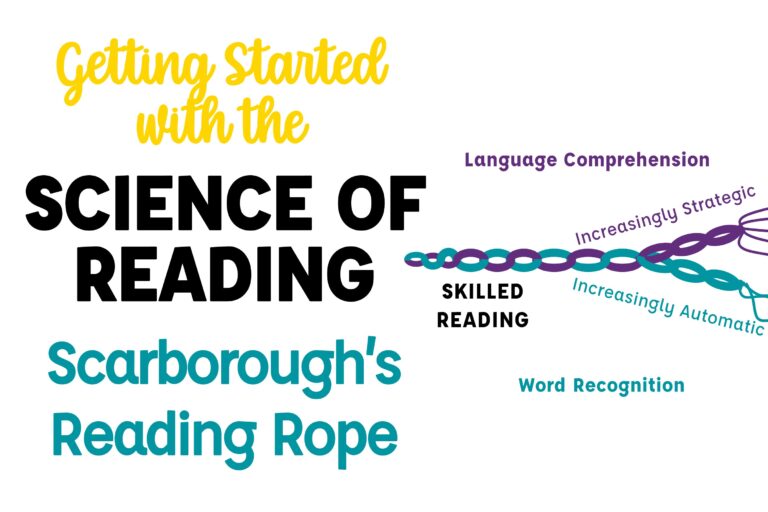
Continuing on in my Introduction to Science of Reading series, this post explores Scarborough’s Rope and its components. Similar to The Simple View of Reading, Scarborough’s Rope goes into more detail into the specific skills needed for effective reading comprehension. It essentially deconstructs the Simple View. With that said, it was not created off of the Simple View of Reading; they both just have the same major components.
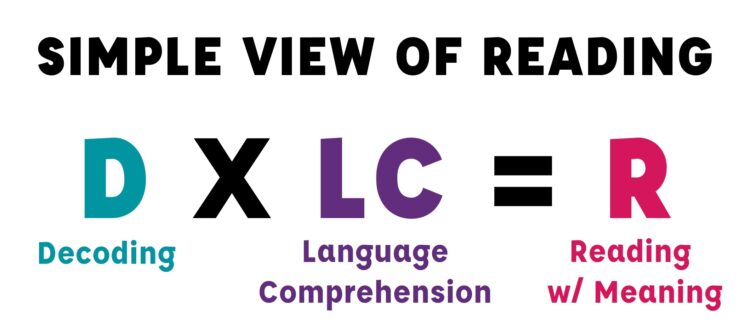
The Simple View is just that – simple. There is so much that goes into both decoding and language comprehension. To truly work to identify students’ gaps, and ensure we’re providing adequate Tier 1 instruction, we need to meet all of these components. Scarborough’s Rope flushes out each of those components.
Developed in the 1990’s, the rope model was originally designed to show parents and educators the complex nature of reading. In 2001, Dr. Hollis Scarborough published Scarborough’s Rope in the Handbook of Early Literacy Research Volume 1. Just like the Simple View, it has two major components: word recognition (or decoding) and language comprehension. Each is a piece of the woven rope, with each having its own strands of essential reading skills. In the rope model, reading skills are represented by different strands that are woven together to create a strong reader. As a “rope” model would suggest, these skills are not independent of each other. They must be “woven” together strategically, yet they all are different components.
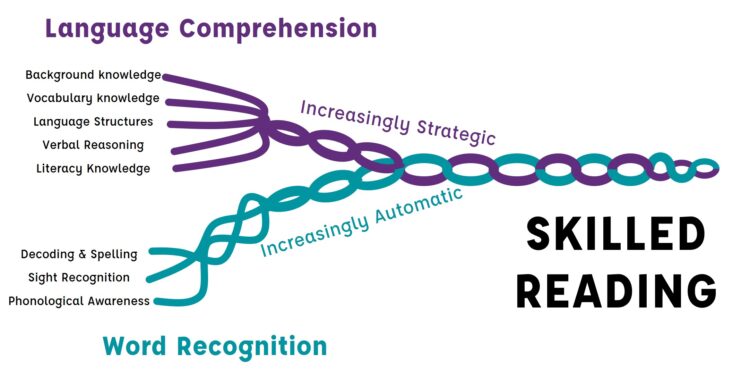
Word Recognition
Word recognition, or the bottom strand, is currently gaining all the traction in the Science of Reading community largely due to the lack of explicit instruction on these areas that’s been prevalent for many years. But, it’s important to remember that this is only one aspect of skilled reading. Though important, accurate word recognition only gets readers so far. These strands of the rope work together to build fluency, accuracy, and speed as students become fluent, competent readers. My next points in my Introduction to the Science of Reading series, will continue to look at this bottom strand.
Phonological Awareness: Phonological awareness refers to the ability to recognize and manipulate the spoken sounds in sentences and words. Even more important is one of the components within phonological awareness: phonemic awareness. Phonemic awareness is focused on the sounds found within words. To read more about each of these, check out my What is Phonological Awareness? and What is Phonemic Awareness? posts.
Decoding: Decoding is what we do when we use the letters in a word to determine what the word says. It includes readers’ knowledge of the alphabetic principle and phoneme-grapheme correspondence. This strand also frequently includes encoding, or spelling.
Sight Recognition: When a reader is able to recognize a word by sight, it means they no longer have to decode the word when they come across it in text. Called orthographic mapping, this natural process occurs once a reader has seen a word enough times that it becomes stored visually in his/her long term memory. Our sight memory is called our orthographic lexicon.
Language Comprehension
Language comprehension, or the top strand of Scarborough’s reading rope, these strands build off of and interact with one another as meaning is made with text.
Background Knowledge: This refers to what a reader already knows about a topic before reading. It plays an important role in contextualizing facts in non-fiction, and with contextualizing the plot of a fictional story. When students have strong background knowledge of a topic, they are better able to make connections and gain a deeper understanding of what is being read. On the now famous baseball study. This blog post by Dr. Tim Shanahan, background knowledge played a more important role in general reading ability. gives a great introduction to it, addresses that it’s not been replicated, and gives some great reminders. Also read the comments for some great commentary from Natalie Wexler and Dan Willingham. If you want to continue to build your knowledge of background knowledge’s role in literacy, read The Knowledge Gap by Natalie Wexler. One caveat- I personally felt like it was an ad for the Core Knowledge Foundation. With that said, I think background knowledge IS an important fact in literacy instruction and is often forgotten as the push for NCLB and accountability has grown.
Vocabulary: Readers need a bank of vocabulary knowledge in order to make sense of text. A great way to build vocabulary is to read books with unfamiliar words (both student-read and teacher read alouds). For independently read texts, it’s important that there are not too many unknown words. That can leave readers confused and frustrated. It’s also important to note that vocabulary knowledge also includes morphology. We must explicitly make connections between known words and strategies students can use to identify unknown words. For example, teaching students that “cent” means 100 and can be used to help them know the meaning of “cents” in math and that a century is 100 years, not only helps them identify other words with the same root, but also that they can build connections between known and unknown words when reading independently.
Language Structures: Language structures are the syntax and semantics authors use in a text. Readers need to understand basic sentence structure. They also should have an age-appropriate understanding of semantics, and the nuances within our language.
Verbal Reasoning: To successfully comprehend a text, readers must be able to reason and use logic. This helps readers think deeply about their text, not just explicitly. Verbal reasoning allows readers to make inferences and understand figurative language.
Literacy Knowledge: This strand in the rope is all about a reader’s understanding of print concepts. This includes the basics like English print going from left to right. It also includes the more complex nonfiction text structures and non-fiction text features. These text components may not initially seem important, but are truly one of the most complex and are often missing from our instruction.
Scarborough’s Rope doesn’t claim to be comprehensive. Rather, it is a visual metaphor that indicates the key components that go into both accurate and fluent word recognition and comprehension of text. It was a handout to make things comprehensible and straightforward.
Dr. Scarborough conducted a meta-analysis of 61 different studies on predictor skills – what are the beginning reading skills that predict future reading success. The skills with the highest average predictive strength are all present on the reading rope: letter identification, concepts of print, expressive vocabulary, sentence & story recall, and phonological awareness.
Many other factors go into skilled reading. Executive functioning skills definitely have an impact. But, Scarborough’s Rope continues to be a strong framework that we can use to guide our instruction.
Instructional Implications of Scarborough’s Rope
The biggest, and the most important, in my opinion, instructional implications from Scarborough’s Rope is when looking at Tier 1 curriculum. Often, the curriculum that we use falls short of addressing each area of the rope. Because skills are intertwined, each piece obviously doesn’t need it’s own stand-alone component. This isn’t a suggestion to look for each piece named, but, it should be present. When evaluating curriculum, look for each of the reading rope’s components and ensured they’re address adequately throughout. And if your district pieces together programs, don’t forget that you need something to address each strand of the rope.
Scarborough’s Rope is a helpful reminder of where a student’s weaknesses may lie. If a screening assessment (DIBELS or NWEA or something similar) identifies students as at risk of reading difficulties, we must diagnose where their deficiencies lie in order to provide targeted instruction and intervention. If a student struggles to read a text fluently, we must do further assessments to identify if it’s a phonics or phonemic awareness issue. Looking for diagnostic assessments? You may be interested in my favorite Phonics Diagnostic Assessments. For some students, they just have yet to build the fluency needed for automatic word reading, and for deep comprehension to occur. A phonics assessment will help you identify if there are issues with decoding, or if it’s truly just fluency.
If a student is able to read the text fluently, but fails to understand it deeply, we must identify where that student struggles. Are they able to comprehend it if the same text is read orally? Are they able to answer literal questions, but not inferential? Diagnosing comprehension struggles is not as easy as giving a phonics assessment. But from analyzing student responses, we are able to get an idea on which strands of the language comprehension rope may be breaking down.
Another major implication from Scarborough’s Rope, in my opinion, is that these are two separate strands. For students that struggle with decoding, or with any student overall, language comprehension can be built through texts read aloud. That is absolutely not to suggest that comprehension of independently read texts is the exact same as listening comprehension. Rather, both strands need to be built simultaneously. A great way to ensure word recognition isn’t impacting language comprehension is through orally read complex texts.
Weakness in any single strand can disrupt reading. Weakness in several strands can result in a complete failure to read effectively. All of the pieces of the rope work together so even one piece off affects things overall.
Want More on SoR?
Want to keep up as I explore key components of the Science of Reading? Get each post in the series your email by signing up below. First is my Introduction to the Science of Reading and then I dive into The 5 Pillars and the NRP. My next posts in the series are going to take a deeper dive into the bottom strands of the reading rope- focusing on word recognition and decoding.
Send me the SOR series!
Signup for to receive each installment in my Introduction to the Science of Reading series.
Thank you!
You have successfully joined our subscriber list. Please check your email for the confirmation email. Check your spam folder for Tales from Outside the Classroom if you don’t see it.
Further Learning on Scarborough’s Reading Rope
Science of Reading the Podcast by Amplify – the entire Season 3 is all about deconstructing Scarborough’s Rope
Unraveling the Reading Rope: The Multifaceted Nature of Skilled Reading webinar by Nancy Hennessey
A 20th Year Celebration of Scarborough’s Reading Rope Introduction webinar by Nancy Hennessey and Pam Kastner
Scarborough’s Rope Strand by Strand by 95% group
Q & A with Hollis Scarborough webinar
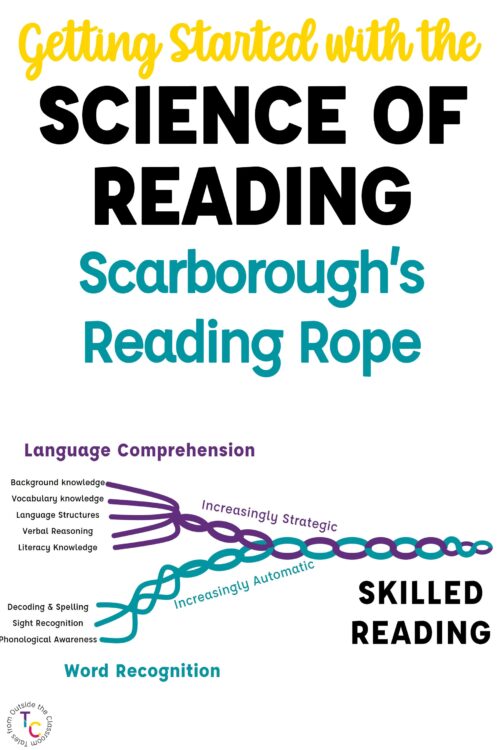
Newsletter Sign Up
Signup for my weekly-ish newsletter. I send out exclusive freebies, tips and strategies for your classroom, and more!
Please Read!
You have successfully joined our subscriber list. Please look in your e-mail and spam folder for Tales from Outside the Classroom. Often, the confirmation email gets overlooked and you're night signed up until you confirm!

Hi! I’m Tessa!
I’ve spent the last 15 years teaching in 1st, 2nd, and 3rd grades, and working beside elementary classrooms as an instructional coach and resource support. I’m passionate about math, literacy, and finding ways to make teachers’ days easier. I share from my experiences both in and out of the elementary classroom. Read more About Me.









